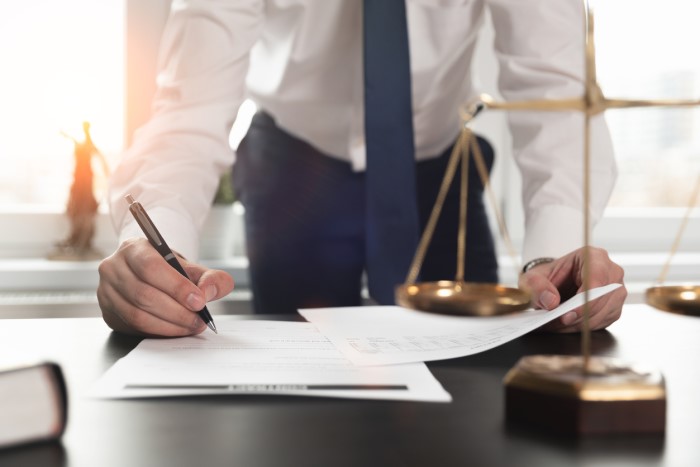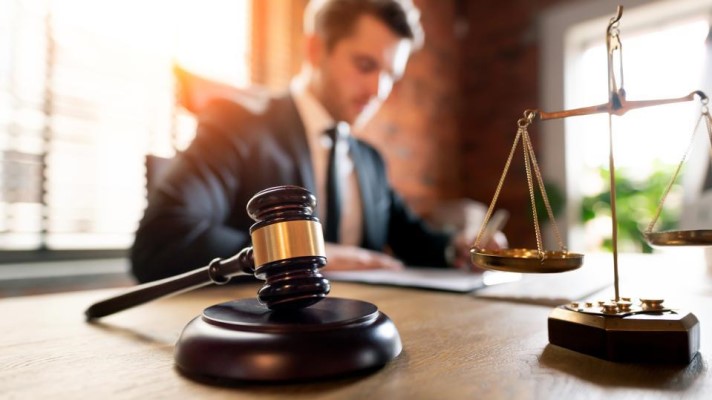Introduction
In our daily lives, unforeseen accidents can occur, such as slip and fall incidents. These accidents often lead to injuries and can raise questions about liability. Understanding when a property owner is liable for slip and fall accidents is crucial for both individuals who may be injured and property owners themselves. This comprehensive guide aims to shed light on the various aspects of slip and fall accidents and the associated liabilities of property owners.
Understanding Slip and Fall Accidents
What are Slip and Fall Accidents?
Slip and fall accidents refer to incidents where individuals lose their footing due to slippery surfaces or hazards, leading to falls.
Common Causes of Slip and Fall Accidents
Slip and fall accidents can occur due to various reasons, including wet floors, uneven surfaces, inadequate lighting, and lack of warning signs.
Impact of Slip and Fall Accidents
Slip and fall accidents can result in minor to severe injuries, ranging from bruises and sprains to fractures and head trauma.
Frequency of Slip and Fall Accidents
Statistics show that slip and fall accidents are among the leading causes of non-fatal injuries, with millions of incidents reported annually.
When is the Property Owner Liable?
Duty of Care
Property owners have a legal obligation to maintain safe premises for visitors and customers. This duty of care extends to regularly inspecting the property for hazards and taking necessary precautions to prevent accidents.
Negligence
Property owners may be held liable for slip and fall accidents if they fail to fulfill their duty of care by neglecting to address known hazards or failing to warn visitors about potential dangers.
Factors Determining Liability
Several factors influence the determination of liability in slip and fall cases, including the foreseeability of the hazard, the property owner’s awareness of the danger, and the injured party’s reasonableness.
Comparative Negligence
In some cases, the injured party’s actions may contribute to the accident. States that follow comparative negligence laws assess each party’s degree of fault and adjust the compensation accordingly.
Legal Recourse for Slip and Fall Victims
Seeking Medical Attention
After a slip and fall accident, it’s crucial to seek medical attention promptly, even if the injuries seem minor. Documenting injuries is essential for any potential legal claims.
Reporting the Incident
Victims should report the slip and fall incident to the property owner or manager as soon as possible. This creates a record of the accident and ensures that the appropriate steps are taken to address any hazards.
Gathering Evidence
Collecting evidence, such as photographs of the accident scene, witness statements, and medical records, can strengthen a slip and fall claim and support the victim’s case.
Consulting a Personal Injury Attorney
Navigating the legal complexities of slip and fall cases can be challenging. Consulting with a knowledgeable personal injury attorney can help victims understand their rights and pursue fair compensation.
Prevention and Mitigation Strategies
Regular Maintenance
Property owners can reduce the risk of slip and fall accidents by implementing regular maintenance protocols, such as repairing damaged flooring, clearing walkways, and ensuring proper lighting.
Safety Signage
Clear and conspicuous signage can alert visitors to potential hazards, such as wet floors or uneven surfaces, allowing them to take precautions and avoid accidents.
Employee Training
Training employees to identify and address hazards promptly is essential for preventing slip and fall accidents. Providing comprehensive training on safety protocols and emergency procedures can mitigate risks.
Slip-Resistant Flooring
Installing slip-resistant flooring in high-traffic areas can significantly reduce the likelihood of accidents, especially in environments prone to spills or moisture.
Conclusion
Understanding slip and fall accidents and the liability of property owners is essential for promoting safety and preventing injuries. By recognizing common causes, legal considerations, and prevention strategies, individuals can protect themselves and others from the risks associated with slip and fall incidents.




